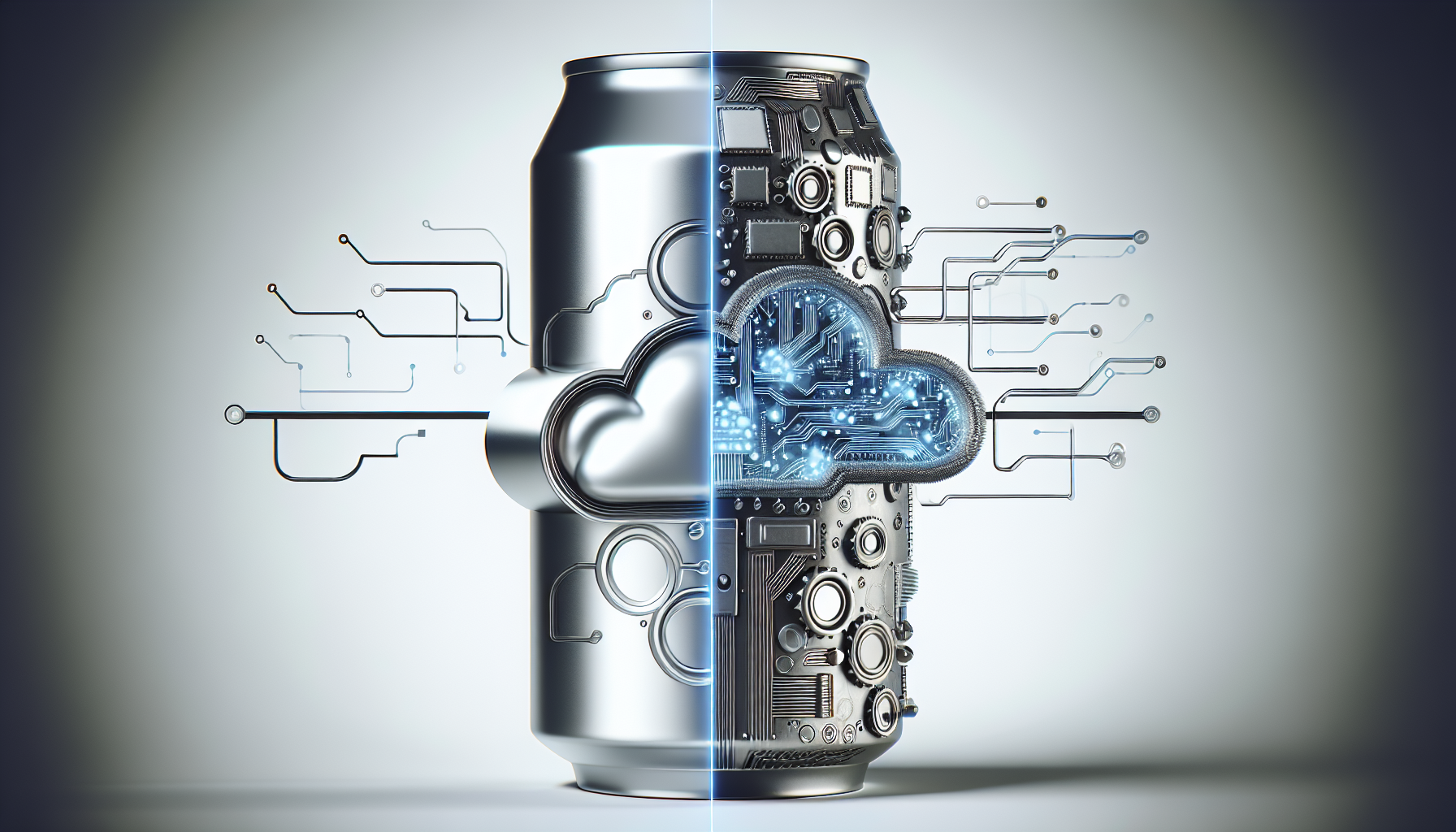
Beyond the Can: How AI and Cloud Innovation Are Rebooting Aluminum’s Future
In the world of software development, we have a concept called “technical debt.” It’s the implied cost of rework caused by choosing an easy, limited solution now instead of using a better approach that would take longer. We often take on this debt to ship a product faster. For decades, the global economy has been accumulating a similar, far more tangible kind of debt: “environmental debt.” And its primary currency? Plastic.
Plastic was the quick fix. It was cheap, versatile, and easy to produce. It allowed for rapid scaling in consumer goods, food packaging, and countless other industries. But now, the bill is coming due. We see it in our oceans, our soil, and even our bodies. The “legacy system” of plastic packaging is proving to be buggy, insecure, and incredibly difficult to refactor.
So, what’s the alternative? A recent BBC report highlights a powerful contender for the packaging “champion” title: aluminum. But, as the article notes, there’s a significant barrier to entry—cost. This is where the story gets interesting for us in the tech world. The challenge of making aluminum mainstream isn’t just a materials science problem; it’s a systems, data, and efficiency problem. It’s a problem that artificial intelligence, cloud computing, and brilliant software can solve.
The Elephant in the Room: Our Global Packaging ‘Legacy Code’
Think of single-use plastic as a monolithic application built on old, deprecated code. It worked for a while, but now it’s causing system-wide failures.
- Poor Performance: Recycling rates for plastic are notoriously low. The system “crashes” constantly, with the vast majority of plastic ending up in landfills or nature.
- Security Vulnerabilities: Microplastics are the “malware” of this system, infiltrating everything from our water supply to the air we breathe. The long-term consequences are a massive, unquantified security risk.
- High Maintenance Costs: The cost of cleaning up plastic pollution is astronomical, representing the endless “bug-fixing” and “patching” required to keep the broken system from completely collapsing.
For entrepreneurs and startups, continuing to build on this platform is like choosing to develop a new app in COBOL. You might make it work, but you’re building on a foundation with a limited future and immense inherent risks.
Enter Aluminum: The ‘Modern Architecture’ of Packaging?
If plastic is legacy code, aluminum is like a modern, scalable architecture. It’s the “infinitely scalable” solution that engineers dream of. Why? Because aluminum is infinitely recyclable without losing its quality. An aluminum can could, in theory, be recycled forever.
Consider its features from a systems perspective:
- High Availability: Around 75% of all aluminum ever produced is still in use today. That’s an incredible uptime.
- Low Latency Recycling: An aluminum can can go from your recycling bin back to the store shelf in as little as 60 days. This is a rapid, efficient “request-response” cycle.
- Robust and Durable: It offers superior protection for products, reducing spoilage and waste—effectively preventing “data loss.”
The problem, as the BBC article points out, is the initial “deployment cost.” Producing new aluminum is energy-intensive and expensive compared to producing new plastic. This is the primary hurdle preventing a mass migration to this superior architecture. So, how do we lower that barrier to entry? We optimize the entire system with technology.
The Catalyst for Change: How Tech Innovation Unlocks Aluminum’s Potential
This is where the conversation shifts from metallurgy to machine learning, from foundries to SaaS platforms. The key to making aluminum


